Advancements in Surgical Techniques
Innovations in surgical techniques are playing a pivotal role in shaping the Vesicoureteral Reflux Market. Minimally invasive procedures, such as laparoscopic and robotic-assisted surgeries, have gained traction due to their associated benefits, including reduced recovery times and lower complication rates. These advancements not only enhance patient outcomes but also encourage more healthcare facilities to adopt these techniques, thereby expanding the market. According to recent data, the adoption of these advanced surgical methods has led to a notable increase in the number of procedures performed annually. As surgical options continue to evolve, the market is expected to witness a surge in demand for both surgical interventions and related medical devices, indicating a robust growth trajectory for the Vesicoureteral Reflux Market.
Increased Focus on Pediatric Urology
The Vesicoureteral Reflux Market is witnessing a heightened focus on pediatric urology, driven by the recognition of VUR as a critical condition affecting children. This increased attention is fostering research and development efforts aimed at understanding the underlying causes and improving treatment options for VUR. As healthcare professionals prioritize pediatric urological health, there is a corresponding rise in the availability of specialized training programs and resources. This trend is likely to enhance the expertise of healthcare providers, leading to better diagnosis and management of VUR. Consequently, the market may see a rise in the demand for innovative therapies and interventions tailored specifically for pediatric patients, indicating a promising outlook for the Vesicoureteral Reflux Market.
Rising Incidence of Vesicoureteral Reflux
The Vesicoureteral Reflux Market is experiencing growth due to the increasing incidence of vesicoureteral reflux (VUR) among pediatric populations. Studies indicate that VUR affects approximately 1% to 2% of children, with higher prevalence in those with urinary tract infections. This rising incidence necessitates enhanced diagnostic and therapeutic options, thereby driving demand within the market. Furthermore, the growing recognition of VUR as a significant contributor to renal damage underscores the need for effective management strategies. As healthcare providers become more vigilant in diagnosing VUR, the market is likely to expand, reflecting a greater focus on early intervention and treatment. This trend suggests a potential increase in the adoption of both surgical and non-surgical treatment modalities, which could further stimulate the Vesicoureteral Reflux Market.
Rising Awareness and Education Initiatives
The Vesicoureteral Reflux Market is being propelled by rising awareness and education initiatives aimed at both healthcare professionals and the general public. Campaigns focused on the importance of early diagnosis and treatment of VUR are becoming increasingly prevalent, leading to improved understanding of the condition. This heightened awareness is likely to result in more patients seeking medical advice and intervention, thereby driving market growth. Educational programs targeting pediatricians and family practitioners are also contributing to better recognition of VUR symptoms, which can facilitate timely referrals to specialists. As awareness continues to grow, the Vesicoureteral Reflux Market may experience an uptick in demand for diagnostic and therapeutic solutions, reflecting a collective effort to enhance patient outcomes.
Growing Investment in Healthcare Infrastructure
The Vesicoureteral Reflux Market is benefitting from increased investment in healthcare infrastructure, particularly in developing regions. Governments and private entities are recognizing the importance of enhancing healthcare facilities to address rising health concerns, including VUR. This investment is likely to lead to improved access to diagnostic tools and treatment options, which could significantly impact the management of vesicoureteral reflux. Enhanced healthcare infrastructure facilitates the establishment of specialized centers for urological care, thereby promoting early diagnosis and intervention. As a result, the market may experience a surge in demand for both diagnostic and therapeutic solutions tailored to VUR, reflecting a broader commitment to improving pediatric healthcare outcomes.


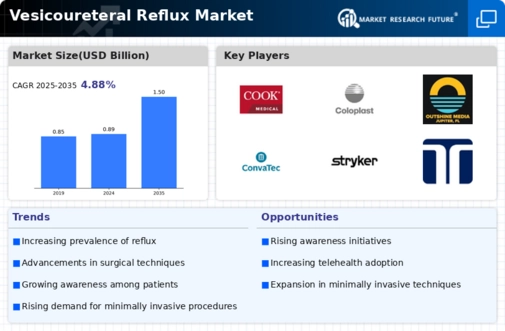
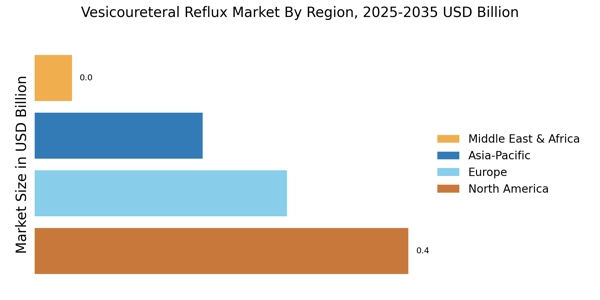

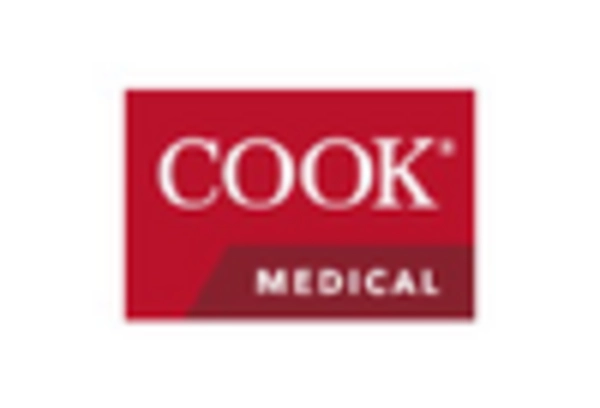
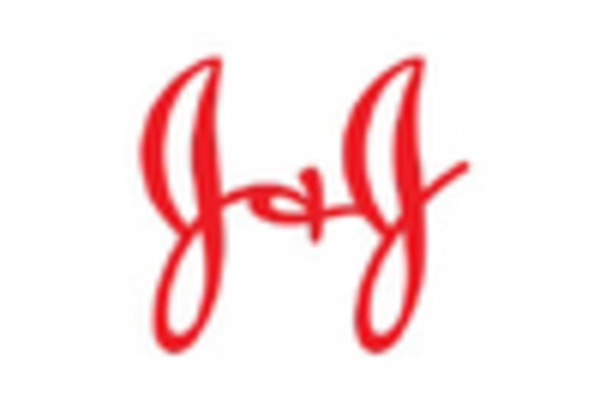

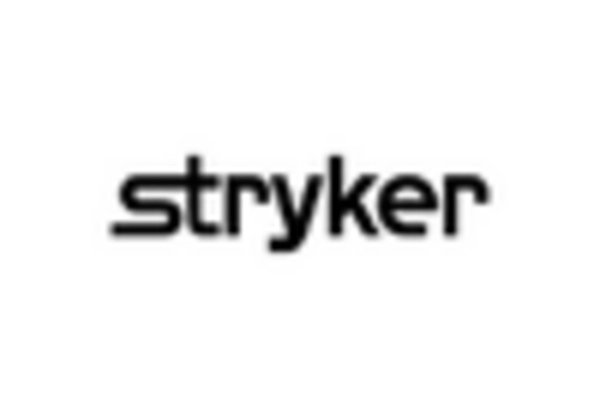
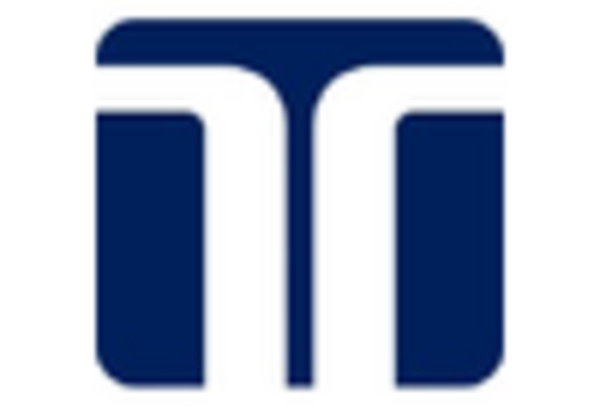








Leave a Comment